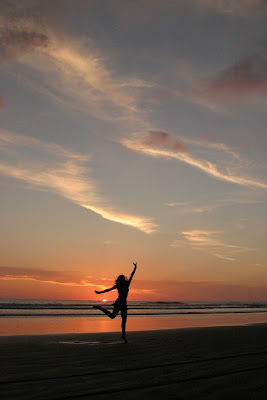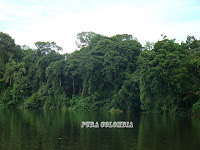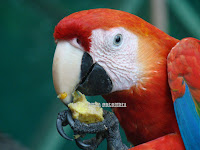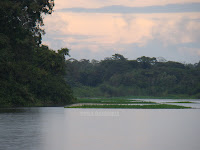
A journey to the South oft the Antioquia departement. Cradle of several industries of coffee and coal deposits. Protagonist of the colonization Antioquia’s and the hearth of the famous, traditional muleteers. We visit the mysterious mountains of the western mountain range of this warm Andean region and discover its hidden secrets. We offer you the opportunity to discover a region Colombia’s mostly unknown to international tourism. A paradise with a spectacular scenery, indigenous communities, archaeological legacies, local villages with a unique architecture of Antioquia.The region offers ecological trekking, adventure sports, petroglyphes – witnesses of indigenous cultures. The countless rivers, creeks, waterfalls and the mountainous area offer to lovers of adventure sports a big variety of activities like kayaking, white-water rafting, paragliding and abseiling from one of the highest waterfalls Colombias.
Finally we could to this trip, because we were looking for a special region where we may offer a compact excursion-programm wich reflects culture, history, nature and architecture of the colombian departement Antioquia. South Antioquia is still not known in the international tourism industry, despite his favorable caracteristiques; spectacular mountainous landscapes, indigenous comunities, adventure sports and lots more. So we took our car and drived from Rionegro to Medellin and headed from there down south. After a 3 hour trip we arrived in the village Valparaiso.

We met with the head of the indian comunity and visited the near embrera chami-reserve. We enjoyed a walk through the reserve with members of the community, and they showed us the place where they practise traditional dance ceremonies and crafts workshops. We were shown the plants and herbs they traditionally use. Its amazing to see how the indians adapted to western life but still conserve their traditions. In the afternoon we visited of the indigenous museum in the village center of Valparaiso.

Next day after the breakfast we traveled to the Coffee farm la Elisa, 2 km from the Village Valparaiso. After a welcome drink we enjoyed a guided Trip through the coffee and cardamomo cultivation, creeks and forest reserve of the farm. We learn how the coffee grains get processed to the famous and excellent colombian coffee. Coffee here has export quality and is certified by the Rainforest alliance for the ecologial production. The farm counts on a small herd of dairy cattle for the subsistence of his inhabitants.
Various products are obtained of the milk, among them the Antioquia cheese, you can even learn how to prepare it.

This was a great day and we could'nt wait to do next day one of the highest waterfall abseiling (rappel) in Antioquia, even Colombia. You may descend from 105 meters, but we did the shorter version, 65 meters. Takes about 2 hours walking and climbing to get up the waterfall, but the incredible view you get over the valley is already worth it. We get a proper instruccion and than start in couples roping us down the waterfall... What a experience! Going down on a waterfall with an amazing scenery on your side.

The other day we started to the trekking “The route of petroglifics” a route of archaeological and historical interest. It is a trip of average difficulty grade in which about 12 representative rocks to be visited. The rock engravings show different occupational chronological periods. In the same trip readings of the scenery and certain interpretation of the motives are beeing realized. Surely unique to observe and something absolutely special to see worldwide.ay early in the morning we start to the trekking “The route of petroglifics” a route of archaeological and historical interest. It is a trip of average difficulty grade in which about 12 representative rocks. On the way, we walked through the largest citric cultivation of Colombia. We end our trekking with a refreshing bath in the river. Aaaah, just great after 7 hours trekking!

After visiting the village of Tamesis we were tired but happy. Time to relax and the country house hotel Guacari in Tamesis, its is the perfect place. Just relax or enjoy the excellent Spa Treatments.
.jpg)
Next day was time to leave. We had to say good bye to this amazing region and headed home to Rionegro. Passing the Cauca River we could observe the Goldseeker doing paciently there consuming work.
The trip exceeded widely our expectations and we hope soon to take visitors to Valparaiso and Tamesis and show them one of plenty of attractions Colombia has to offer.



















